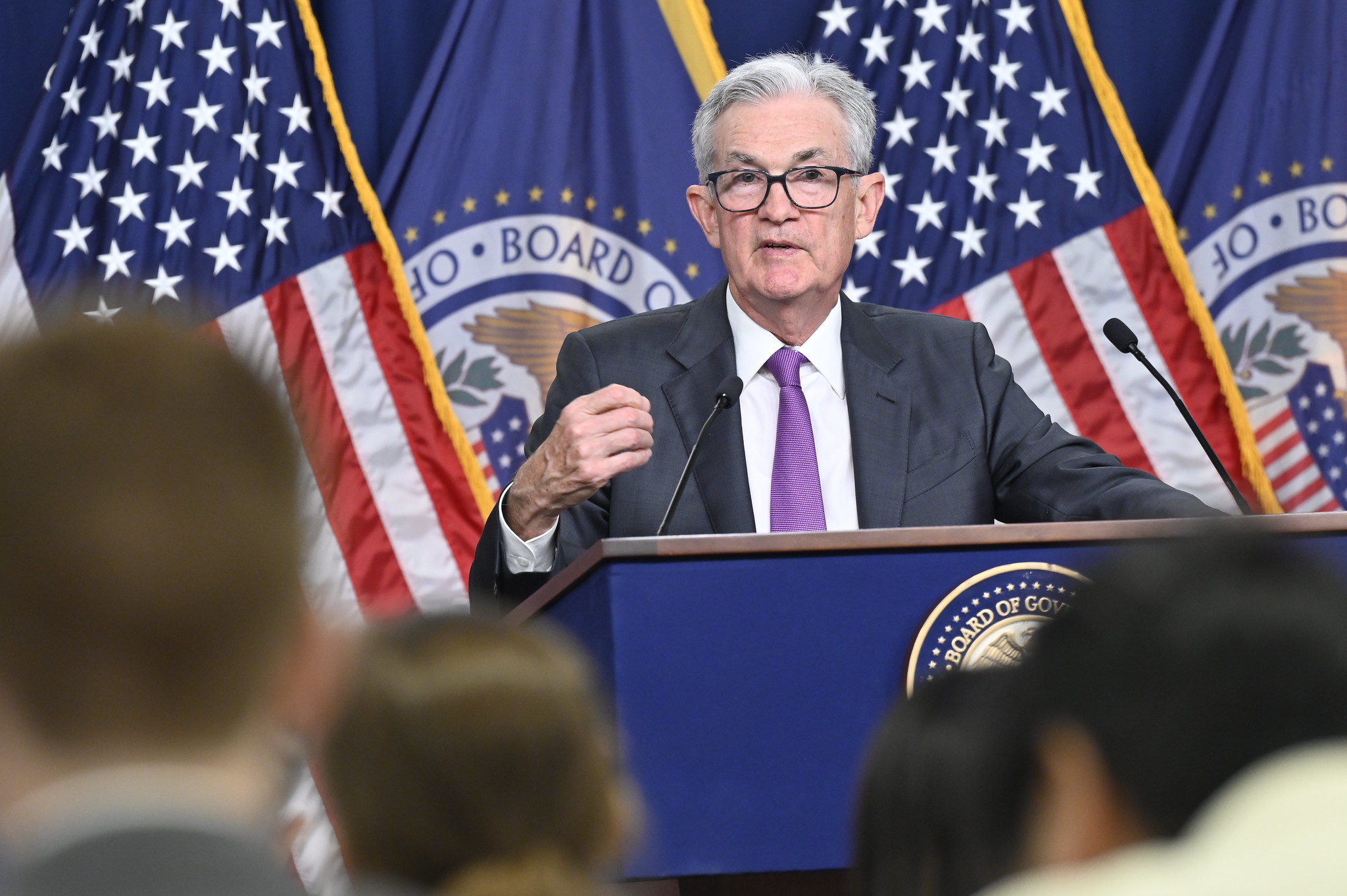After 15 months of aggressive tightening, the U.S. Federal Reserve (Fed) shifted its stance and cut its benchmark rate by 50 basis points in its first move. The second step came a week ago, when it announced another cut, this time by 25 basis points. Although the market had anticipated both moves, the Fed has not given any indication of its future pace or whether there will be a pause in December. This lack of guidance opens up debate and raises questions, among other things, about what the appropriate neutral rate will be and how Donald Trump might impact monetary policy.
“The impact of the end of the ‘higher for longer’ interest rate policy on direct lending and private credit in general is not straightforward, as multiple factors come into play. First, direct lending has experienced significant growth in recent years due to banks’ limited capacity to expand their balance sheets, combined with the ability of non-bank lenders to offer faster and more precise execution. The variable-rate nature of direct lending has been extremely attractive to investors, as they could benefit from high yields and strong distributions during a period of rate tightening. However, it is also important to consider that rate cuts could reduce total returns for direct loan investors, assuming spreads remain unchanged,” emphasize Nicolas Roth, Head of Private Markets Advisory at UBP, and Gaetan Aversano, Deputy Head of the Private Markets Group at UBP.
According to their latest report, the economy is entering a soft-landing phase in this initial period of monetary policy easing, and the immediate effect will be an increase in liquidity in the system, creating refinancing opportunities at potentially lower capital costs. “Borrowers with variable-rate loans will benefit from an immediate reduction in interest costs. Investors should closely monitor the pace of the cuts and the strength of the economy, as a hard landing would imply a significant slowdown in business activity, which in turn would increase covenant breaches and, ultimately, defaults, leading to loan losses,” they warn.
In this context, they also consider it important to assess the interconnected relationship between direct lending and private equity, as direct lenders often provide loans to sponsor-backed companies. “As mentioned earlier, lower interest rates will drive up valuations, along with mergers and acquisitions (M&A) activity and leveraged buyouts (LBOs), creating demand for private credit financing. This is not only positive for market liquidity but will also help accelerate capital deployment, reducing pressure on uninvested capital (dry powder),” they state.
These rate cuts also coincide with increased competition from banks with direct lenders and the potential for borrowers to refinance some loans at a lower cost. According to their report, while direct lenders used to finance at 550 basis points over the risk-free rate, banks can now offer cheaper financing (below 400 basis points on some transactions). “A new paradigm is being created in credit markets, as banks are beginning to collaborate with large non-bank lenders rather than compete. The underlying logic is that banks used to serve their corporate clients in both equity and debt capital markets (ECM and DCM). Due to regulatory pressure and higher capital requirements, banks are now referring debt business to direct lenders in exchange for a fee, while maintaining the ECM relationship with their corporate clients, creating a win-win situation,” they conclude.




